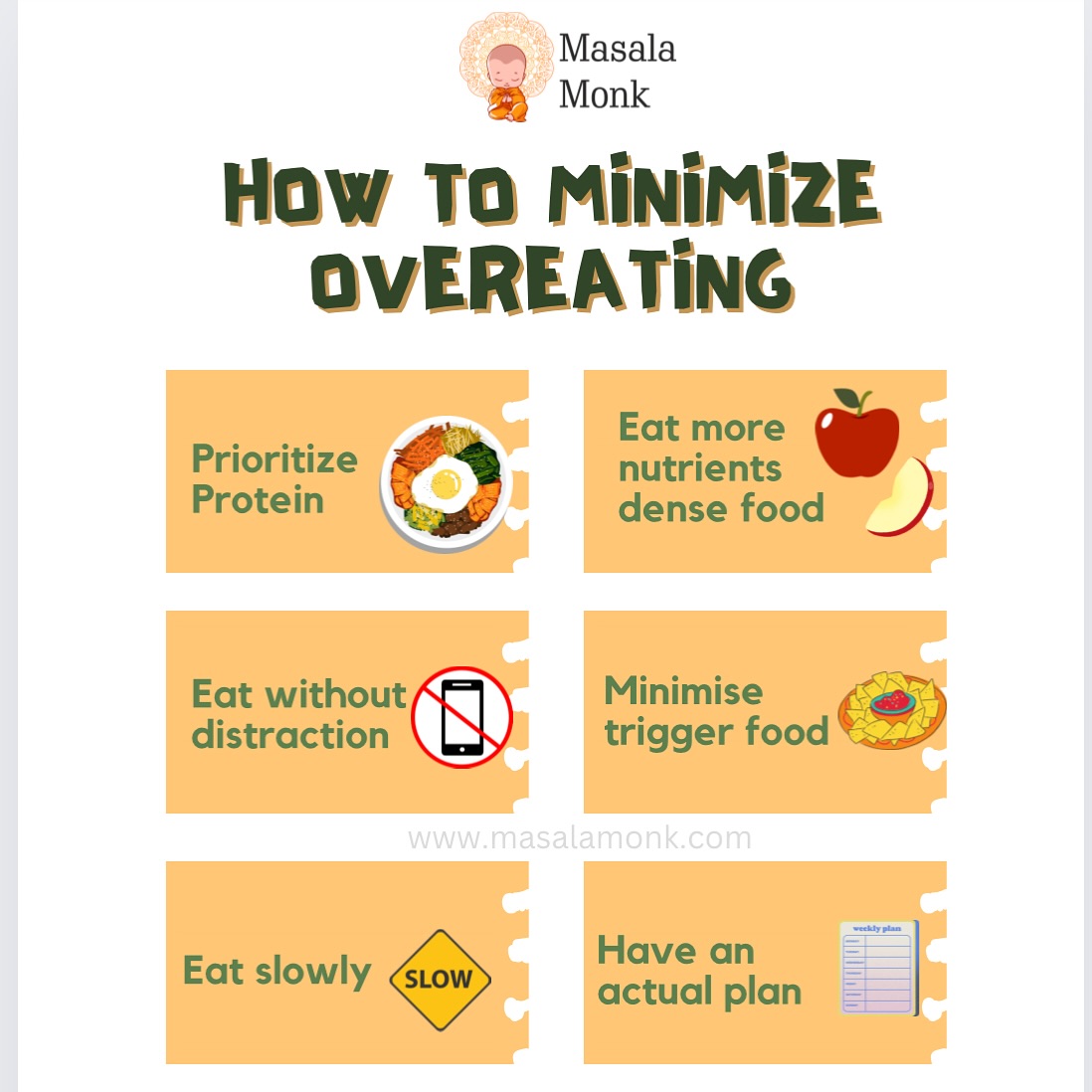
Indian summers can be brutal, with high temperatures and humidity draining all your energy. On such days, the last thing you want is to stand in a hot kitchen. That’s where no-cook recipes come to the rescue. These are not only quick and easy to prepare but also light, cooling, and packed with nutrition.
Here’s a list of refreshing no-cook Indian recipes perfect for beating the heat:
Dahi Poha (Curd Poha)
Flattened rice (poha) is soaked for a couple of minutes, drained, and mixed with curd, grated cucumber and carrot, chopped green chillies, and black salt. A simple tadka of mustard seeds, curry leaves, urad dal, and hing elevates this dish. It’s cooling, probiotic-rich, and filling—perfect for breakfast or a light meal.
Chilled Cucumber Raita
Grated cucumber mixed with chilled curd, a pinch of roasted cumin powder, black salt, and fresh coriander. Serve as a side or have it on its own—it hydrates and cools you from the inside out.
Sprouted Moong Salad
Packed with protein and fiber, sprouted moong mixed with chopped onions, tomatoes, cucumber, coriander, lemon juice, and a dash of chaat masala makes for a light and refreshing salad.
Cold Fruit Chaat
Seasonal fruits like watermelon, mangoes, papaya, apples, and bananas are diced and mixed with a hint of chaat masala and black salt. Chill before serving for that perfect summer snack.
Curd Rice (with a twist)
Instead of traditional cooking, use pre-cooked or leftover rice. Mix it with chilled curd, salt, and a simple tadka. Add grated carrots, pomegranate seeds, or even chopped raw mango for extra flavor.
Cold Oats Bowl
Soak rolled oats in milk or curd overnight. In the morning, add honey, chopped fruits, nuts, and seeds. It’s nutritious, energizing, and doesn’t need any cooking.
Raw Mango Chutney Wrap
Spread homemade raw mango chutney over a roti or wrap, layer with sliced veggies like cucumber and onion, and roll it up. A tangy, spicy, no-cook meal ready in minutes.
Chaas (Spiced Buttermilk)
Blend curd with chilled water, add black salt, roasted cumin powder, grated ginger, and chopped mint or coriander. This digestive drink is a staple for Indian summers.
Aam Panna Shots
Use pre-made or store-bought aam panna syrup. Just mix with chilled water and a touch of black salt. Serve in shot glasses for a fun, refreshing treat.
These no-cook recipes are perfect for anyone looking to stay cool without spending too much time in the kitchen. They’re quick, healthy, and most importantly, they help you beat the heat. Keep your ingredients fresh, chill your bowls and drinks, and enjoy the simplicity of no-fuss summer meals.
Stay cool and eat well this summer!













